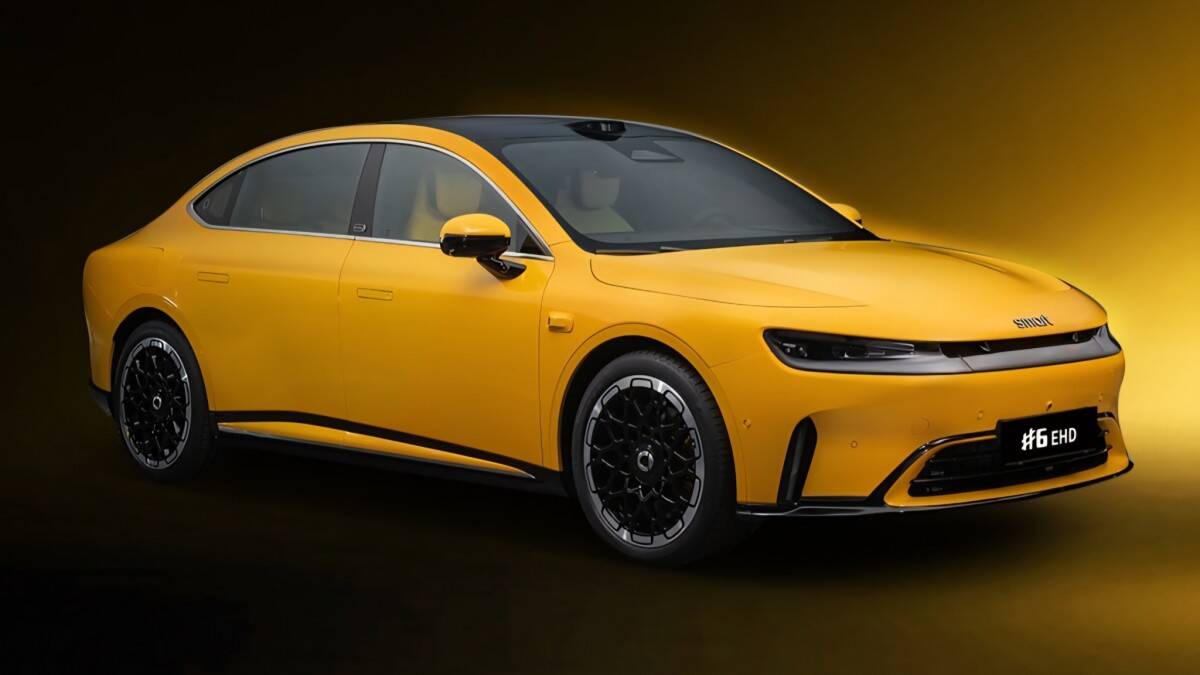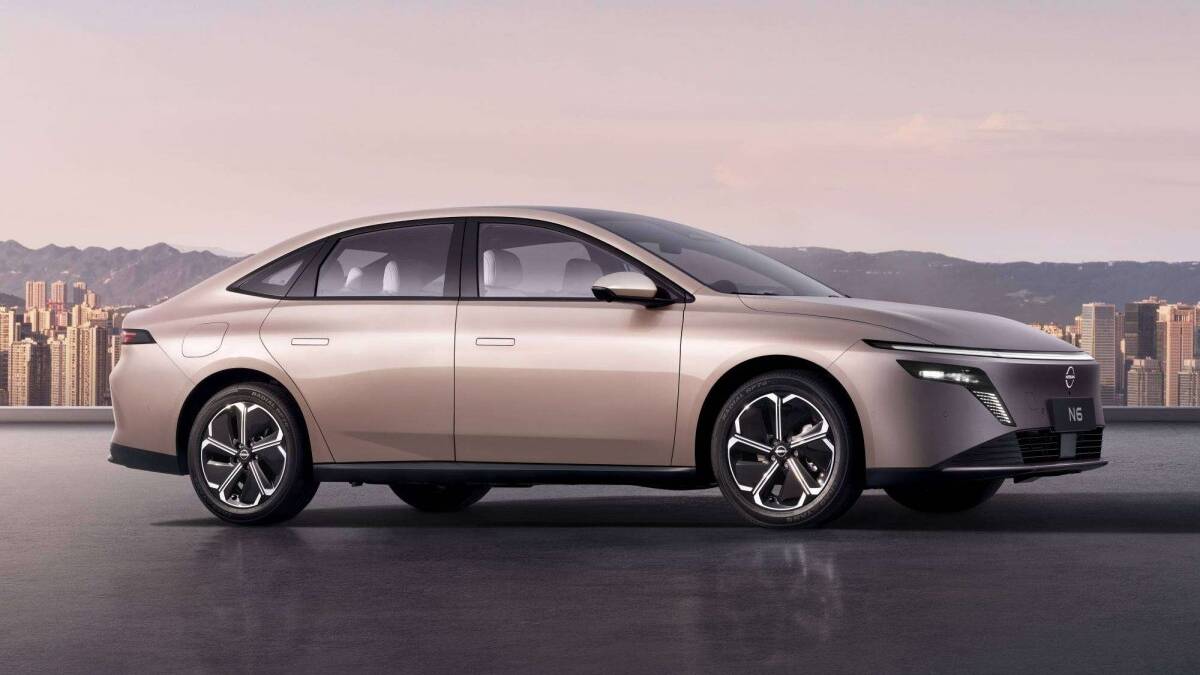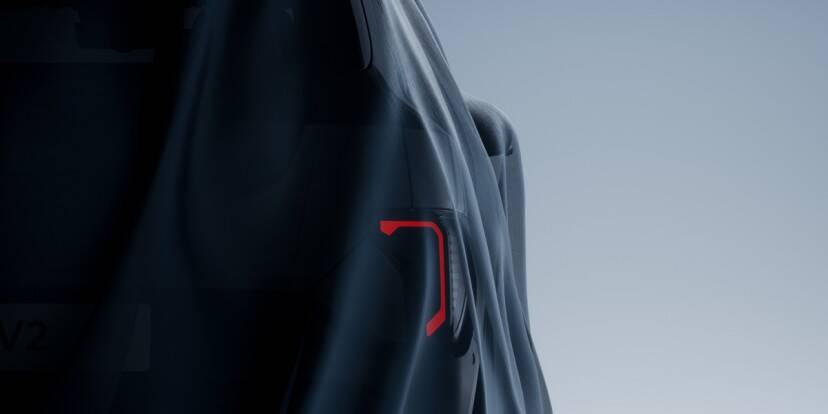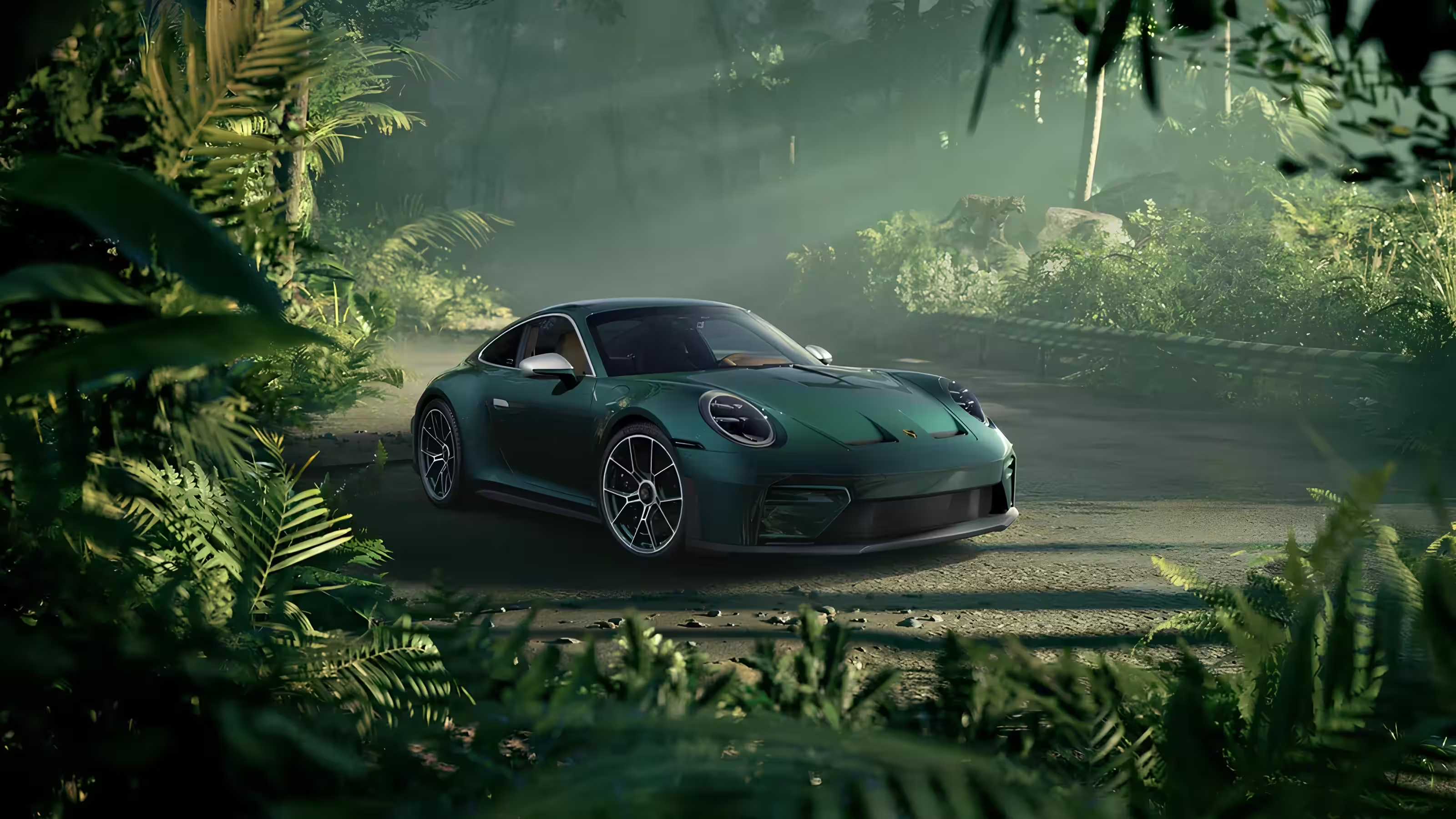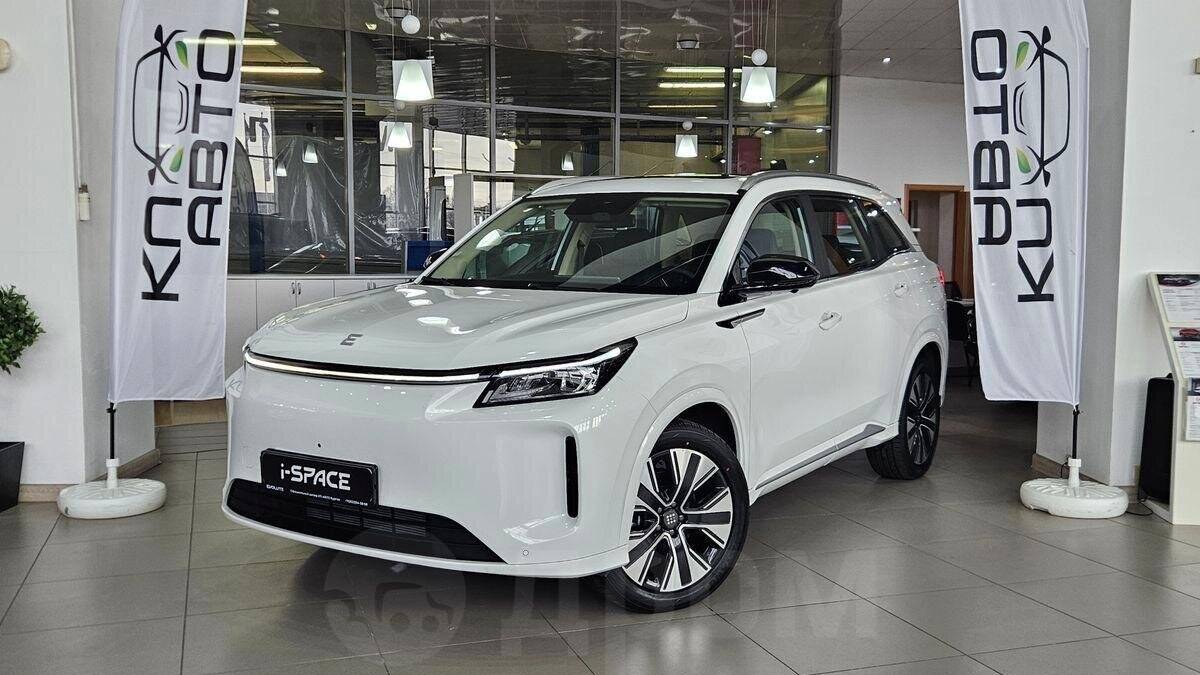Tesla Cybercab will get record-breaking efficiency, but a small battery
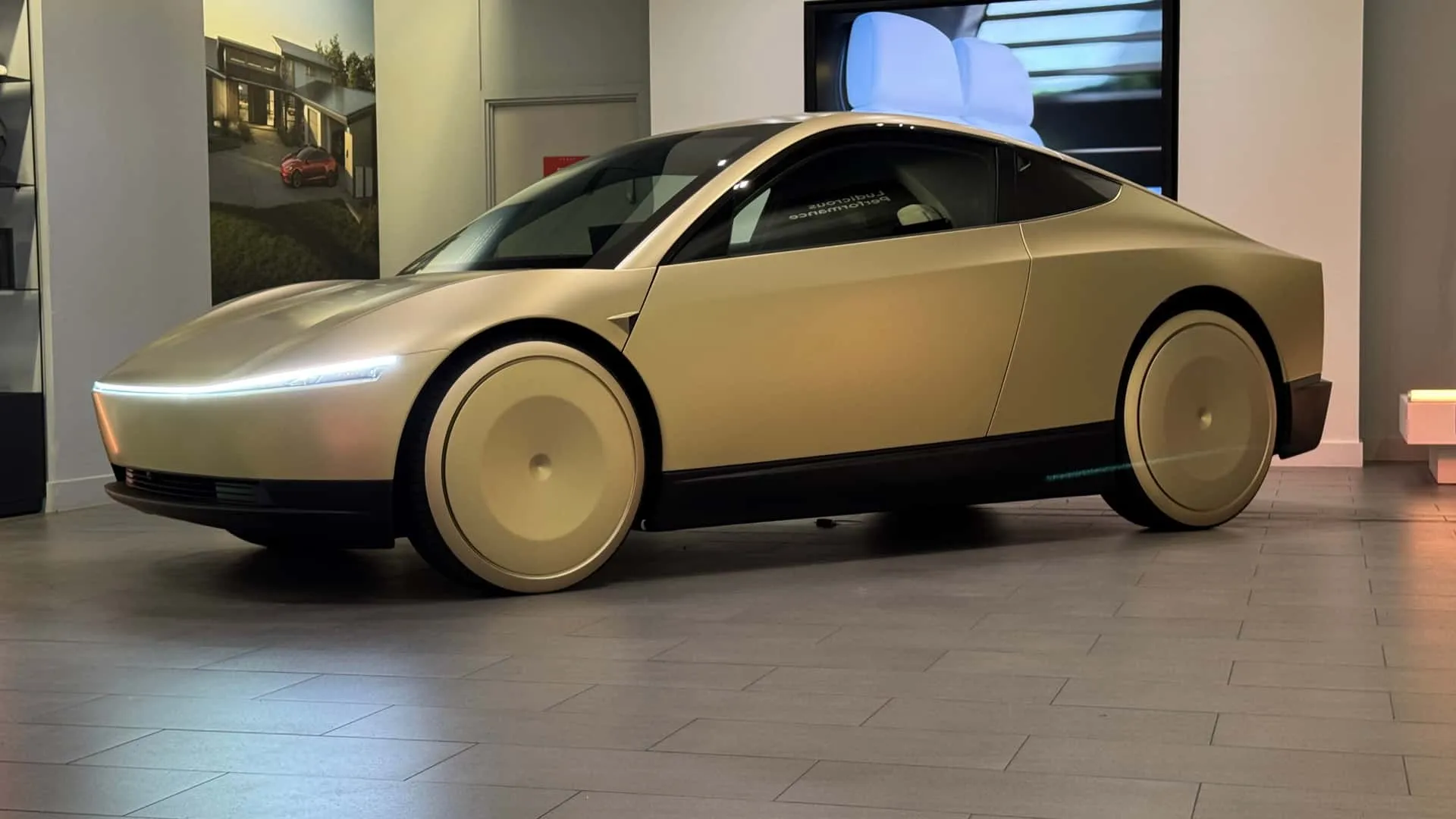
Tesla has revealed new details about its Cybercab electric cab. As expected, the automaker is making ambitious claims about the model’s energy efficiency. However, the main surprise was that this two-seat electric car will get an extremely small battery.
Tesla has revealed that the Cybercab will have an extremely small battery.
Small battery, long range
.
According to Tesla representatives, the Cybercab will feature a battery pack with a capacity of less than 50 kWh. Despite this, the car’s claimed range is “almost” 483 kilometers. This is an impressive figure, especially if you compare it to other electric cars. For example, the base version of the Tesla Model 3 is equipped with a 57.3 kWh battery pack and has a range of 438 kilometers (according to the EPA).
The Tesla Model 3 has a range of 438 kilometers.
If Tesla’s calculations are correct, the Cybercab will be able to travel about 10 kilometers on a 1 kWh charge. By comparison, the updated Model 3 is rated at 6 km/kWh and the Lucid Air is rated at 6.9 km/kWh. That means the new electric car could be 50 percent more efficient than the Model 3.
A new electric car could be as much as 50 percent more efficient than the Model 3.
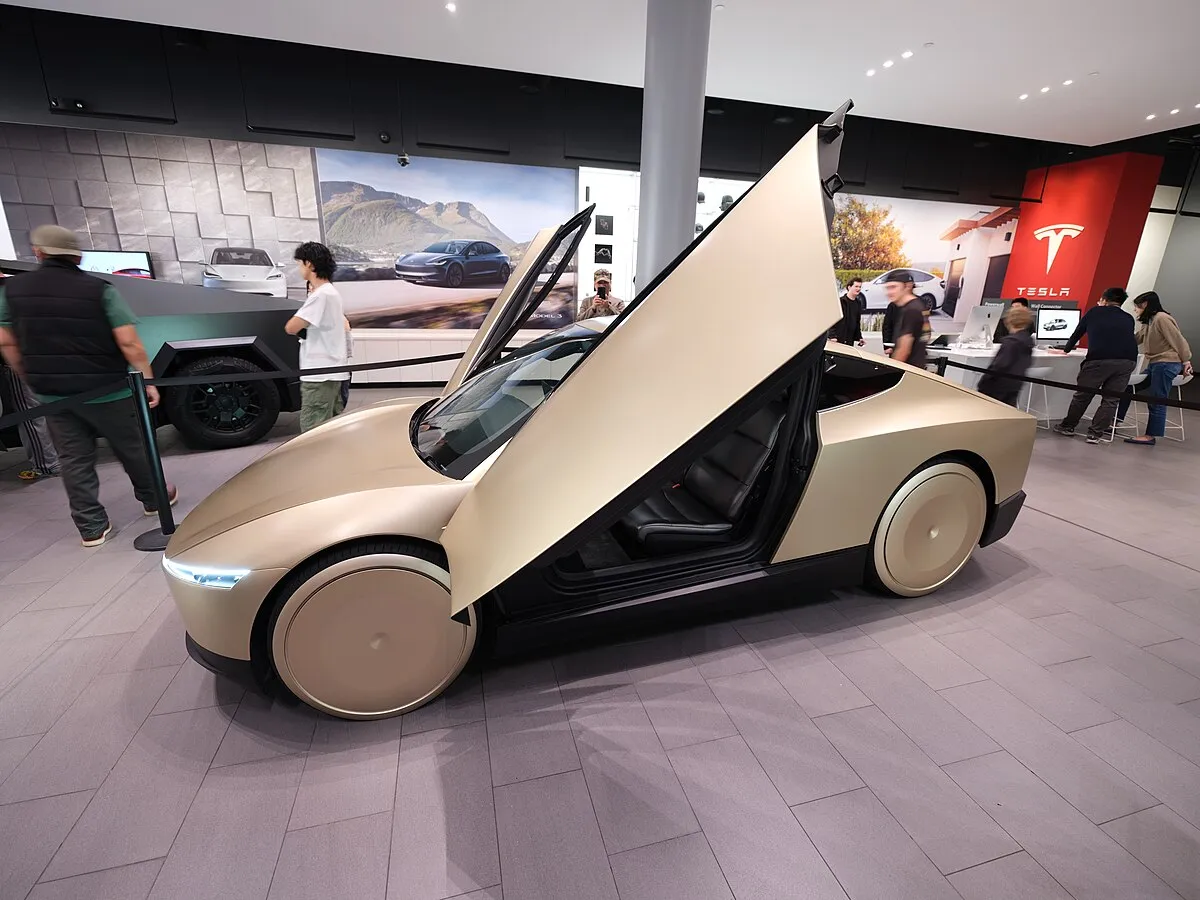
How did Tesla get this efficiency?”
The Cybercab’s high energy efficiency is due to several factors. Tesla senior designer Franz von Holzhausen noted that the car’s body is shaped like a teardrop, which reduces aerodynamic drag. Another key aspect was the reduction in weight. Although the exact weight of the car has not yet been disclosed, it is known that the body is made of unpainted polyurethane panels. They are painted in bulk, which reduces production costs and simplifies repairs.
The main secret to the Cybercab’s record-breaking range, however, is its purpose. The electric car is designed to operate exclusively in the city, where traffic moves at slower speeds. Thus, Tesla probably meant WLTP City range, not total cycle. For example, the Fiat 500 with a 37.3 kWh battery has a range of 355 km in city mode and achieves an efficiency of 9.5 km/kWh. In such a context, the Cybercab’s figures don’t look quite so revolutionary.
The Cybercab’s performance is not so revolutionary.
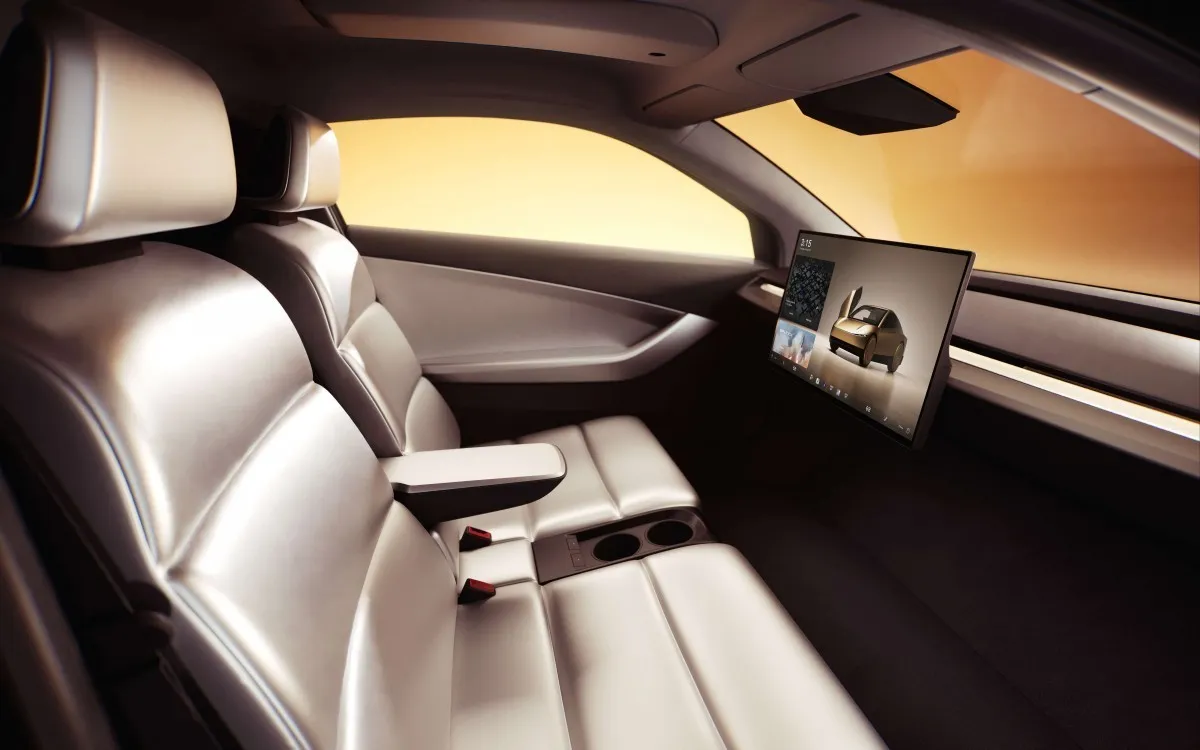
Autonomous cab without a steering wheel
Cybercab is designed to be a fully autonomous vehicle, so it has no steering. Tesla expects to use it as a robotaxi capable of generating passive income for its owners.
An autonomous cab without a steering wheel.
The equipment to produce the new electric car is currently being installed at Tesla’s factory in Texas. The first pre-production models are expected to arrive this summer, with a full commercial launch of the Tesla Cybercab scheduled for 2026.



